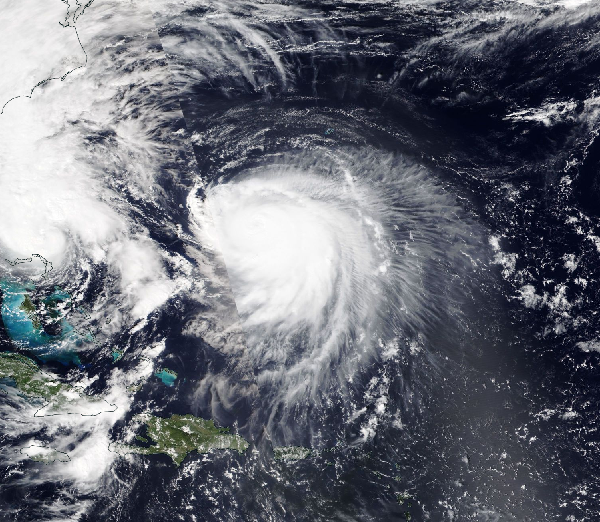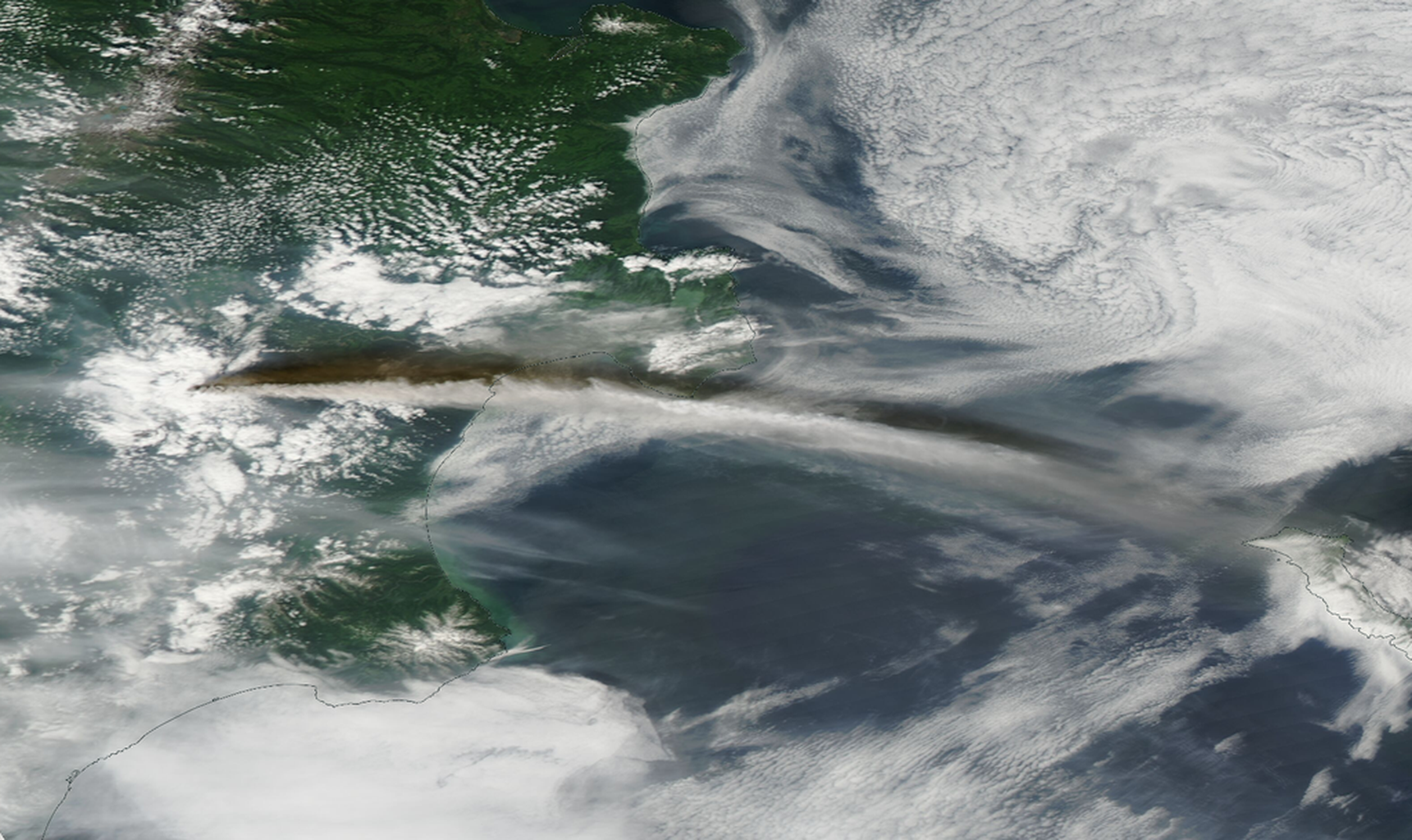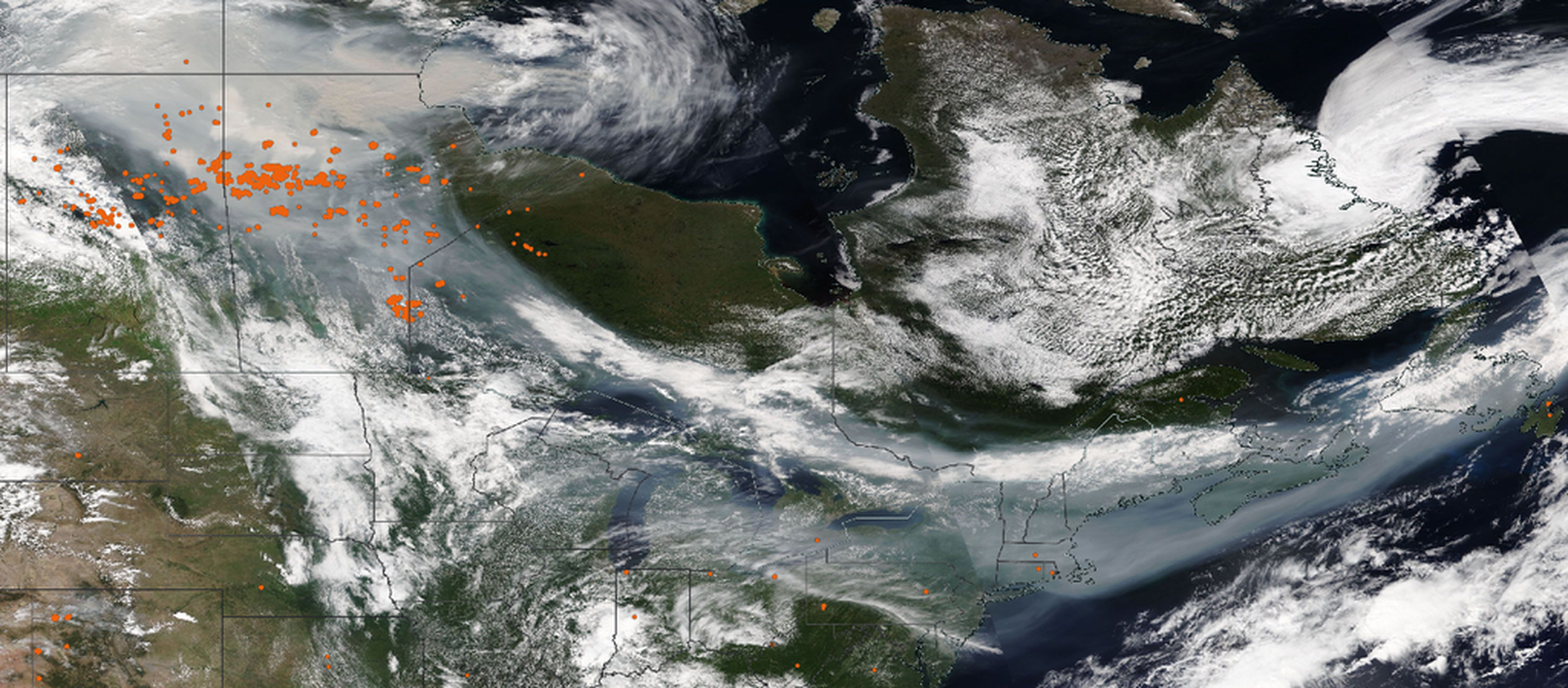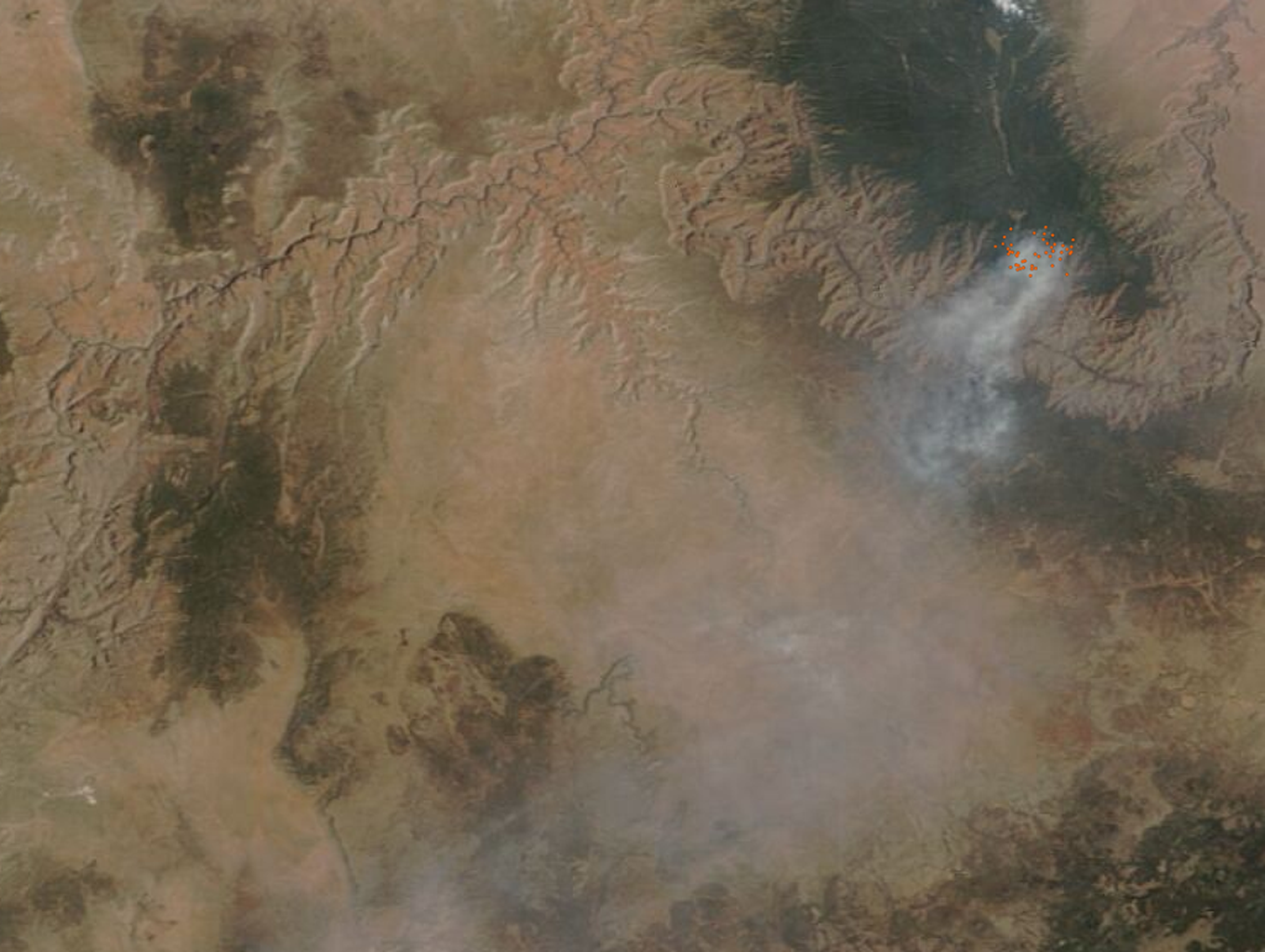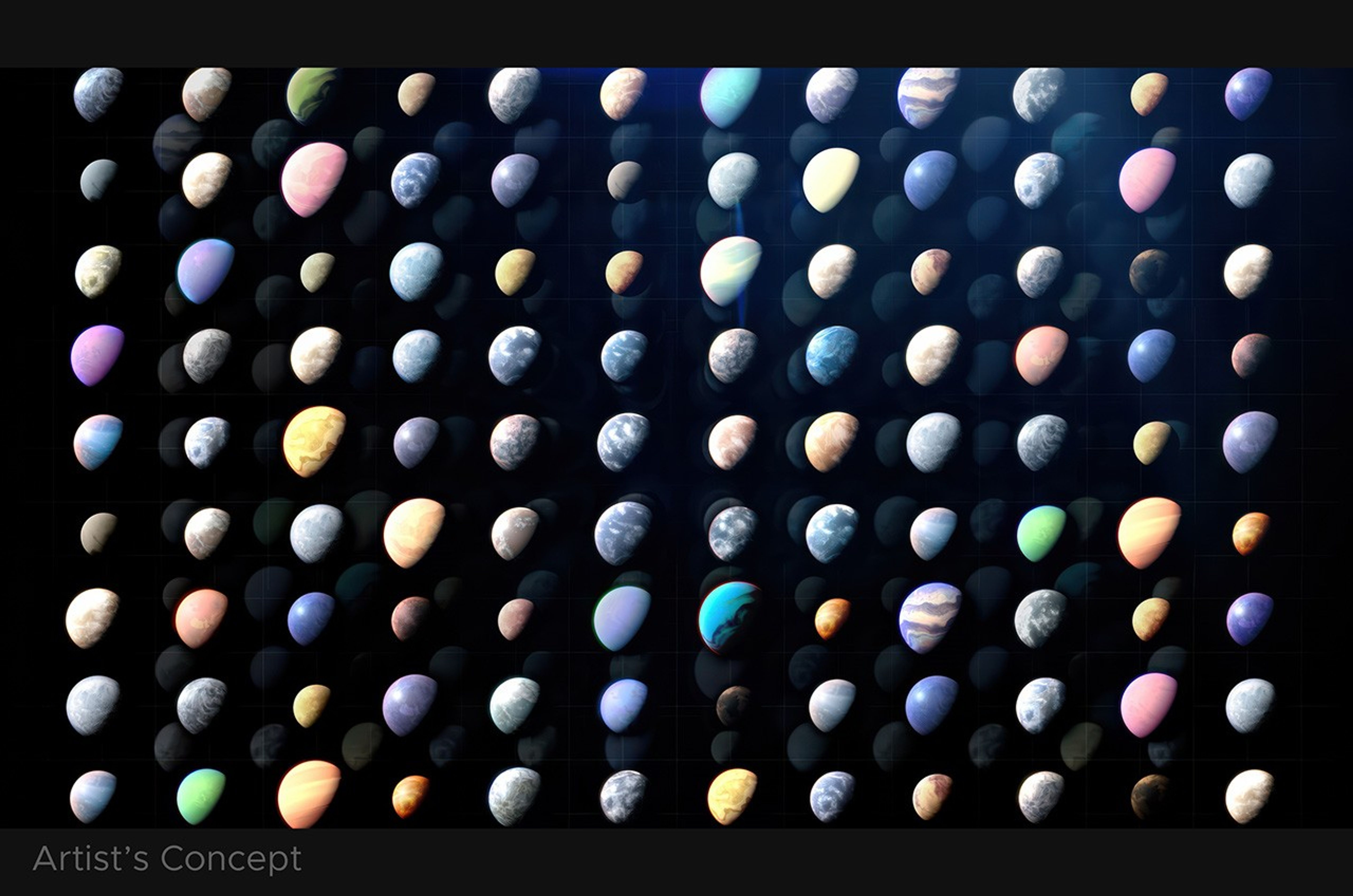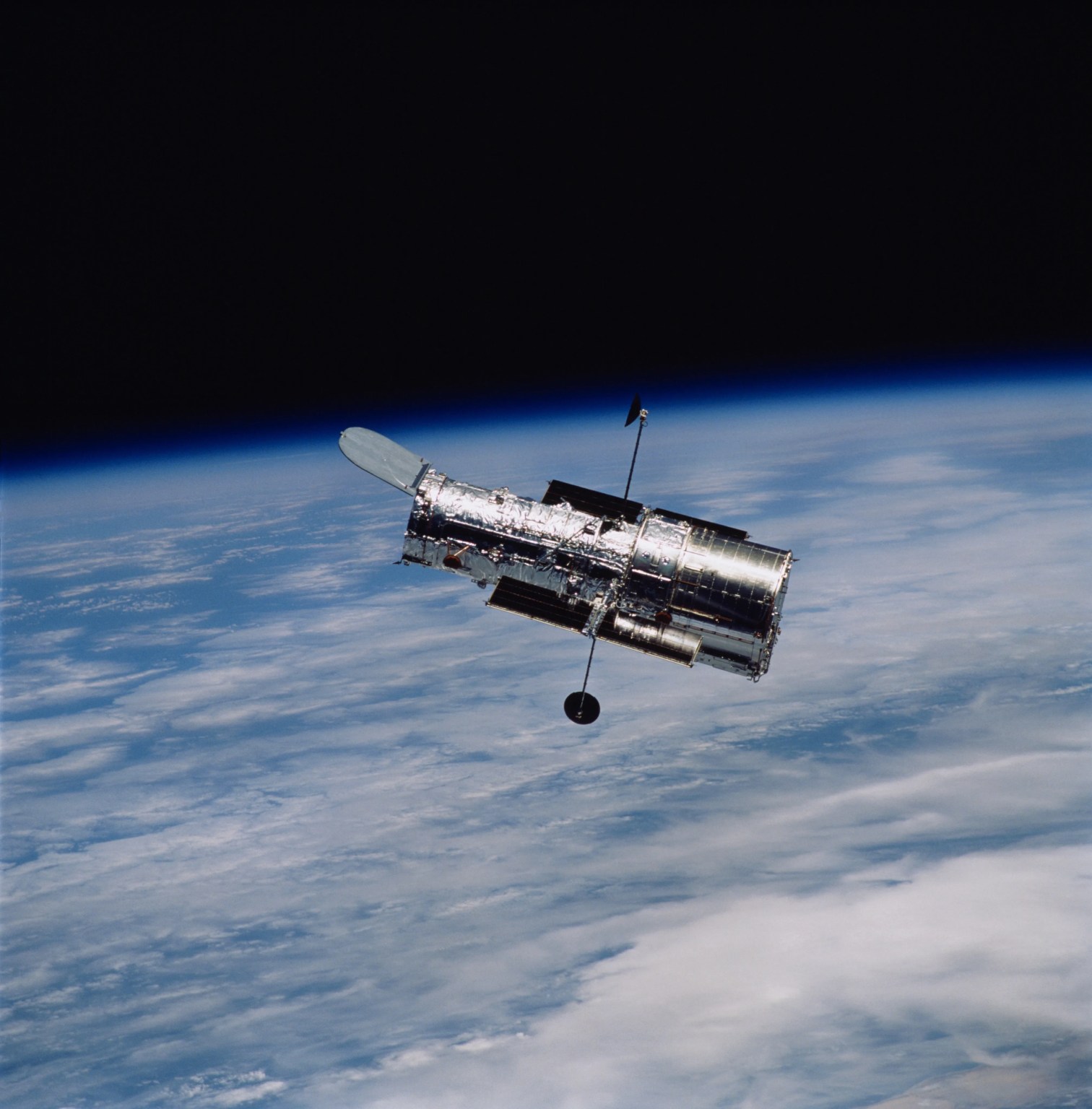Click any of these eyes products to start exploring
NASA's Eyes is a suite of 3D visualization applications that allows everyone to explore and understand real NASA data and imagery in a fun and interactive way. The apps are all run inside a regular web browser, so any device with an internet connection and a browser can run them.
Ready to explore hundreds of planets, moons, asteroids, comets, and NASA missions from start to finish? Explore now by clicking on the "Start Exploring" buttons below, each of which launch a separate window in your browser.
5 cool things to do in Eyes
-
01
-
02
-
03
-
04
Grand Finale
See the Cassini mission fly between the rings of Saturn and the planet itself, in the famous Grand Finale.
-
05
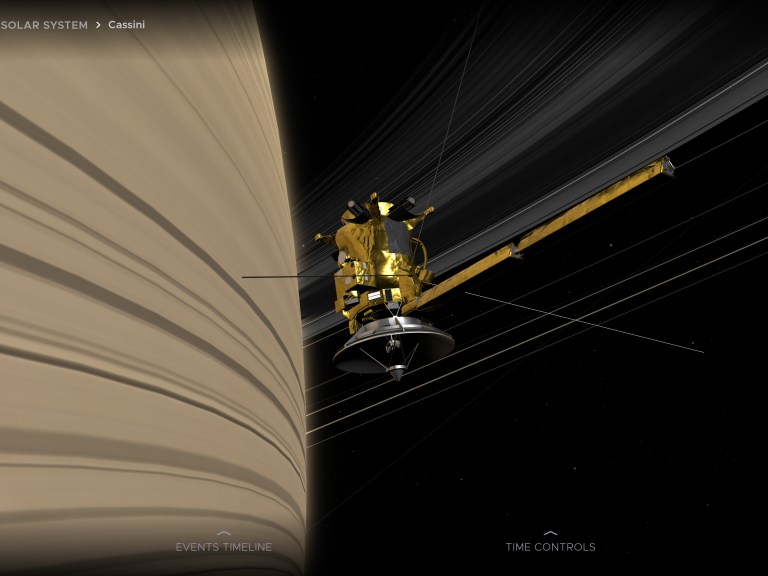
Featured apps
-
Eyes on the Solar System
This simulated live view of the solar system allows you to explore the planets, their moons, asteroids, comets and the spacecraft interacting with them in 3D. You can also fast-forward or rewind time, and explore the solar system as it looked from 1950 to 2050, complete with past and future NASA missions.
You can follow over 150 NASA missions from start to finish with this browser-based 3D simulation that uses the most accurate data and imagery possible. Watch the Voyager spacecraft from launch in 1977 until today, see the Cassini mission fly through the ice plumes of Enceladus, ride along as OSIRIS-REx lands on an asteroid to scoop up material, see the New Horizons mission take the first close pictures of Pluto, witness the first Artemis mission circle the moon, or preview the Europa Clipper mission. You are free to roam and discover.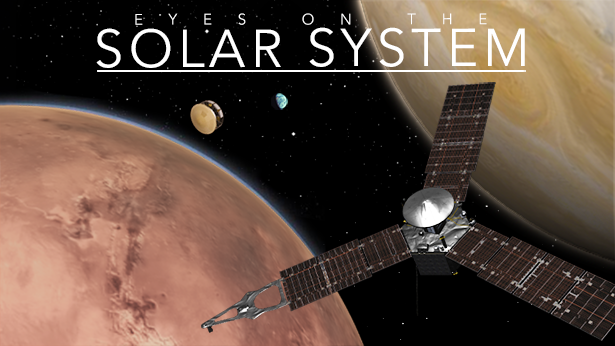
-
Eyes on Asteroids
Track over 30,000 asteroids that are near Earth’s orbit, see the next 5 closest approaches to Earth, and learn about current and historic NASA asteroid and comet missions in this real-time 3D simulation of the solar system.
Try out the interactive "scrolly-telling" that lets you learn about how we define a close approach or how we determine if an asteroid or comet is categorized as a "Potentially Hazardous Object." Or ride along with NASA missions as we make historical discoveries about asteroids and comets, such as the first time we landed on an asteroid, or impacted a comet. See the DART mission impact with a binary asteroid system, and much more. Eyes on Asteroids lets you track all the latest discoveries.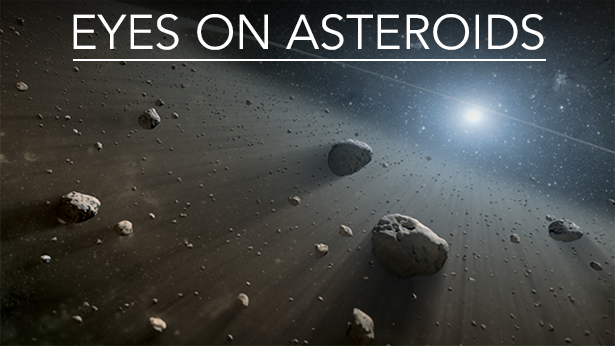
-
Eyes on the Earth
Fly along with NASA's Earth science missions in real-time, monitor Earth's vital signs like Carbon Dioxide, Ozone and Sea Level, and see satellite imagery of the latest major weather events, all in an immersive, 3D environment. Ride along with the International Space Station, and watch the sun rise and set 16 times a day. Check out the latest Carbon Monoxide data to see if there are fires around the globe, or see the latest Precipitation and Soil Moisture data. Track dozens of NASA satellites as they take data above Earth. Watch videos and animations explaining the latest data trends, or go back in time to see past data. You can select a date range and play back global imagery and data going back twenty years, including major weather events. With Eyes on the Earth, you can track Earth's vital signs, live.

-
Eyes on Exoplanets
An exoplanet is a planet that is not in our solar system. It is estimated that there is at least one planet for every star in the galaxy, so there are a huge number to discover. Explore over 5,500 confirmed exoplanet systems in this 3D interactive simulation. You can visit every exoplanet ever discovered and ride along with the spacecraft that found them. The app is constantly updated for the latest discoveries, and you can visit any system, compare it to our solar system, and see if any of the planets reside in the "habitable zone", indicating a possibility of life.
Browse by planet type, detection method, or observatory, or see just the discoveries made by the Kepler and TESS missions. You can land on Earth and see a map of all the known exoplanets from your hometown.
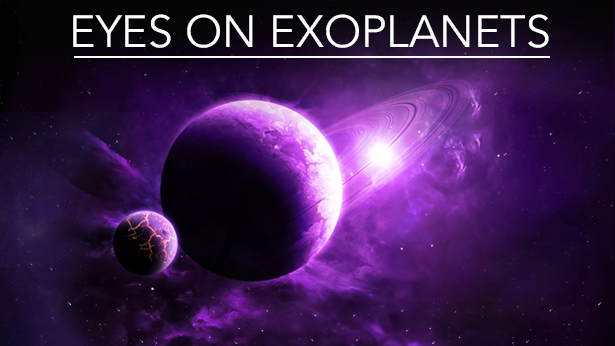
-
DSN Now (Deep Space Network)
See which spacecraft is “phoning home” with DSN Now. Every five seconds, DSN Now updates with real-time data from the ground stations of the Deep Space Network. Click on a dish to learn more about the live connection between the spacecraft and the ground.
Monitor space communications 24/7 to see the live communications from space. NASA/JPL-Caltech
NASA/JPL-Caltech
Featured Earth event
Visualize the latest Earth events in Eyes
Hurricane Imelda
On September 29th, 2025, the NOAA-20 satellite captured this image of Hurricane Imelda off the coast of the eastern U.S. in the Atlantic Ocean. According to the National Hurricane Center, the storm became a Category 1 hurricane on Tuesday, September 30th. The hurricane is moving east-northeast and is moving away from the southeastern United States.
Visualize this event in EyesVisualize Past Earth events
NASA 3D Models
The Eyes team transforms complex mission CAD models into lightweight models optimized for the web.
Find more 3D models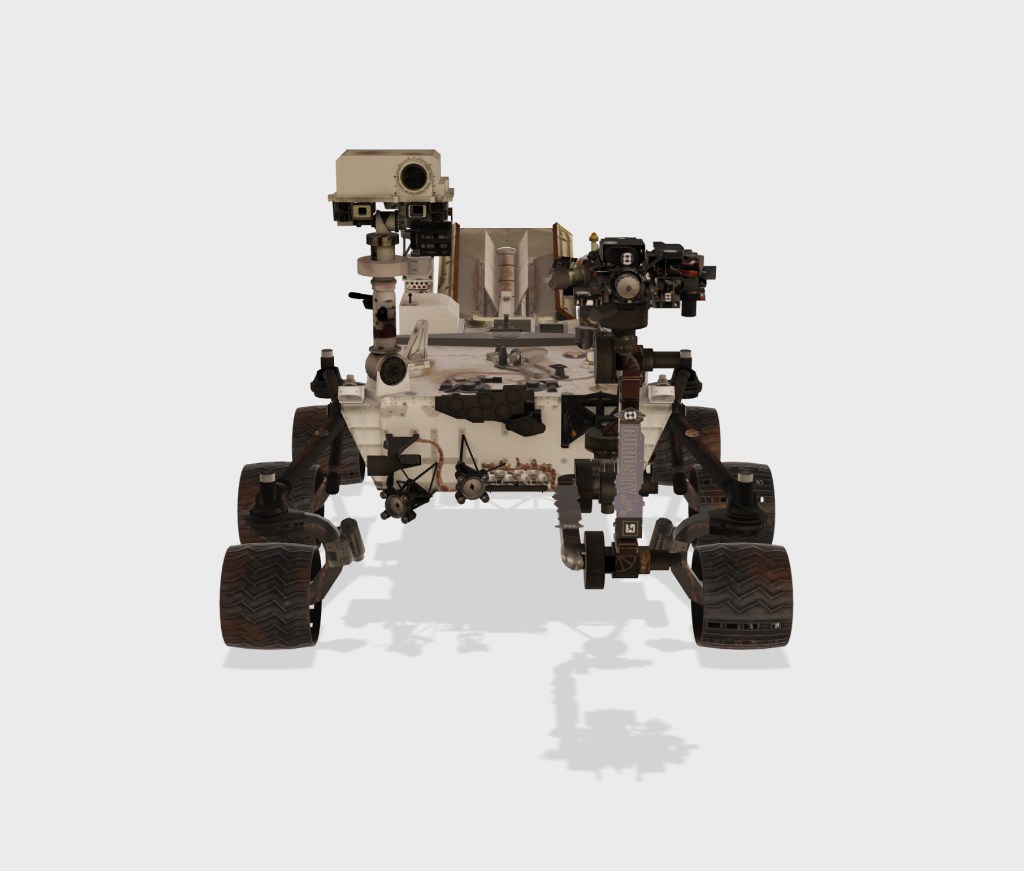
List of interactive visualizations
Experience Earth, our solar system, nearby asteroids, the universe, and the spacecraft exploring them with immersive real-time 3D apps for Mac, PC, and mobile devices.
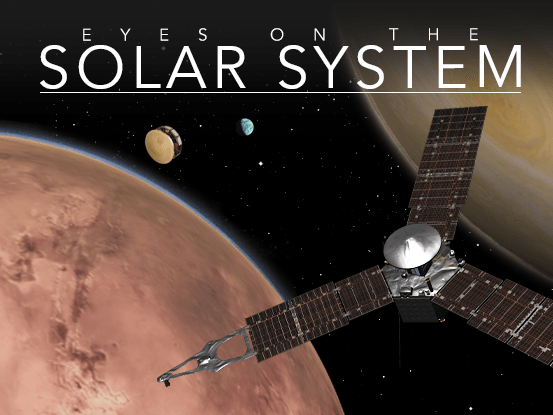
Eyes on the Solar System
This simulated view of the solar system allows you to explore the planets, their moons, asteroids, comets and the spacecraft exploring them. You can also fast-forward or rewind time, and explore the solar system as it looked from 1950 to 2050.
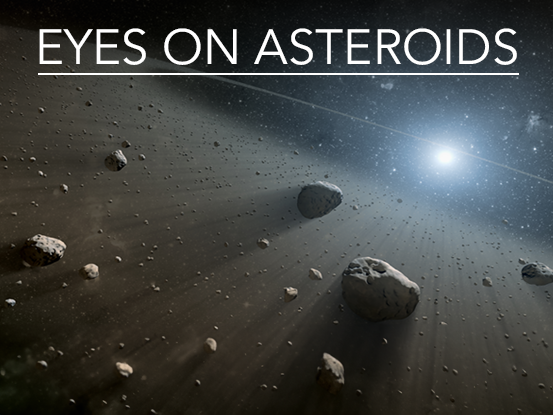
Eyes on Asteroids
Explore over 30,000 asteroids that are near Earth’s orbit, see the next 5 closest approaches to Earth, and learn about current and historic NASA asteroid and comet missions in this real-time 3D simulation of the solar system.
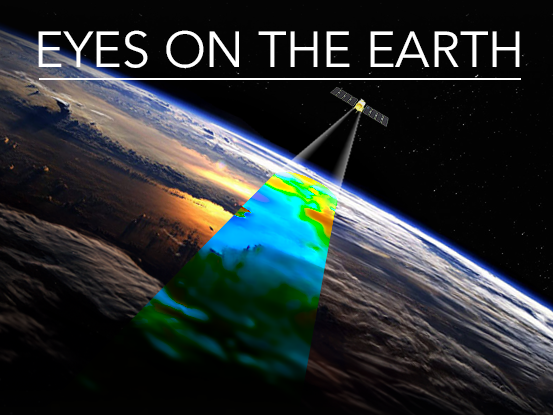
Eyes on the Earth
Fly along with NASA's Earth science missions in real-time, monitor Earth's vital signs like Carbon Dioxide, Ozone and Sea Level, and see satellite imagery of the latest major weather events, all in an immersive, 3D environment.
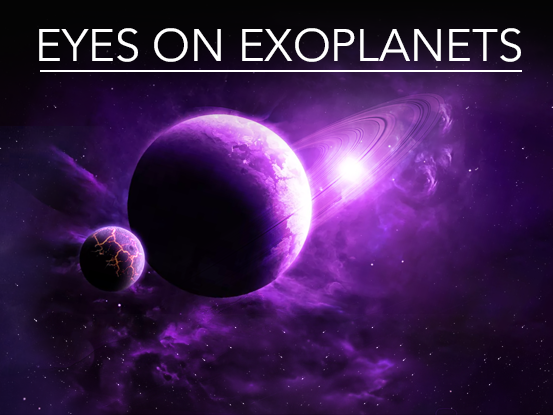
Eyes on Exoplanets
Explore over 5,500 exoplanet systems in this 3D interactive simulation. You can visit every exoplanet ever discovered and ride along with the spacecraft that found them.
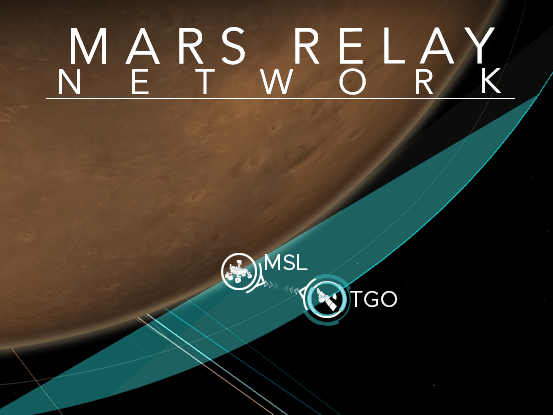
Mars Relay Network
See the current, past, and future communication between Mars orbiters, Mars landers and rovers, using real data from the Mars missions themselves. Land on the surface of Mars with the Perseverance and Curiosity rovers to see the orbiters fly overhead, or see the communication "wedges" visually from orbit.

Mars 2020 Entry Descent Landing
Experience the famous “Seven Minutes of Terror” for yourself in this step-by-step interactive 3D story simulation of the Entry, Descent, and Landing (EDL) of the Perseverance rover on the surface of Mars. Starting from orbit, follow the spacecraft as it enters the Martian atmosphere, watch the parachute deploy, and see the sky crane lower the rover gently to the ground.
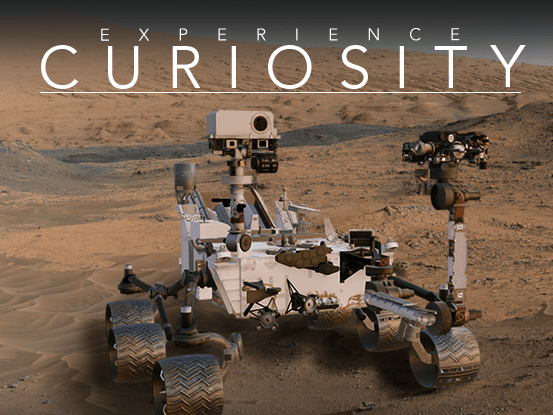
Experience Curiosity
This web interactive re-creates specific days of the Curiosity rover’s mission, including drilling on Sol 908, and the creation of the famous “selfie” from Sol 868. You can also click and drag on the robotic arm, antenna, and mast to make them move, or learn about each instrument on the rover.
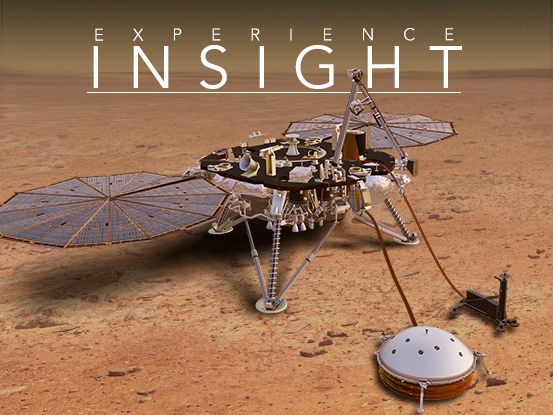
Experience InSight
This web interactive simulates the deployment and science operations of the Mars Insight mission. Bring the mission to life by controlling its robotic arm and learn about the many instruments on board.
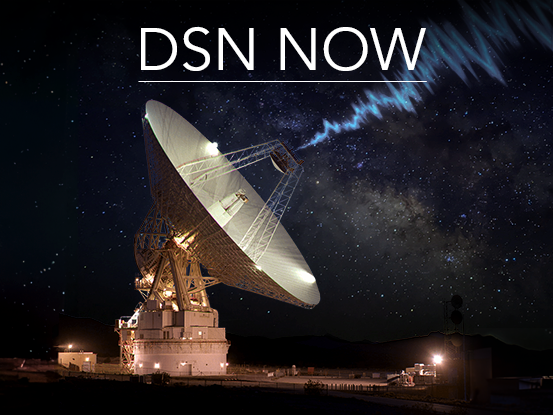
DSN Now
See which spacecraft is “phoning home” with DSN Now. Every five seconds, DSN Now updates with real-time data from the ground stations of the Deep Space Network. Click on a dish to learn more about the live connection between the spacecraft and the ground.
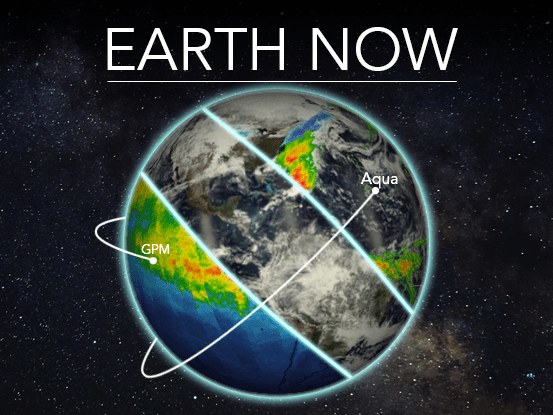
Earth Now
NASA's Earth Now mobile app shows the latest data from the agency's Earth-observing satellite fleet on your phone or tablet. Track storms and weather with the "Visible Earth" vital sign, use "Carbon Monoxide" to hunt for forest fires and volcanic eruptions, and more. Tap a satellite to view its 3D model and access its related data. Learn more with the "Details" button or see trends by playing an animated data sequence.
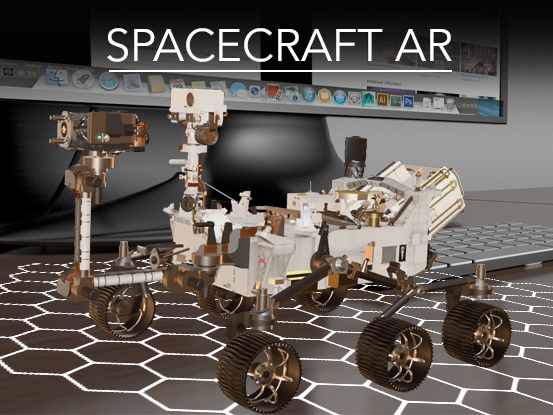
Spacecraft AR
Spacecraft AR is an augmented reality (AR) application that lets you place many different spacecraft in your immediate surroundings. Find a flat space and generate interactive 3D models right in front of you, in small or true-to-life proportions. Take pics in your favorite locations, then keep exploring with in-depth information about the spacecraft and missions.
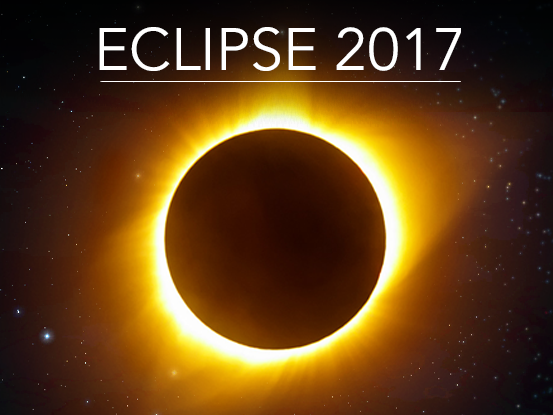
Eclipse 2017
In this interactive, web-based 3D simulation, you can click anywhere on the Earth to view the August 21st, 2017 total eclipse.





































